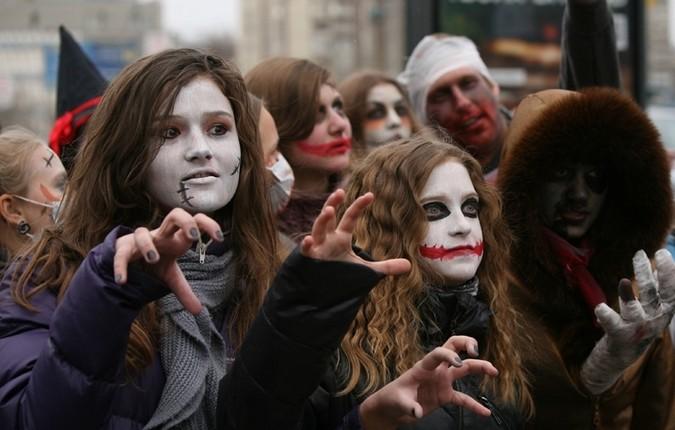IN 1628, a young woman in the town of Dole, in what is now eastern France, believed she was visited by a ghost. The young woman was ill in bed. At first she saw an ordinary woman who had tidied up and taken care of her. She began to think that her nurse might be a spirit after the kind woman appeared at her side without opening the locked door. The spirit, she believed, was the ghost of her aunt, who came to help her out as a form of penance to lessen the aunt’s time in purgatory.

We think of ghosts as wispy and translucent — a vaporous woman, perhaps, who floats down the stairs, her dress trailing in the languid air behind her. But in early modern Europe, ghosts were often perceived as solid persons. The viewer discovered that they weren’t when they did something that ordinary humans could not, like bypassing a locked door to enter a room.











